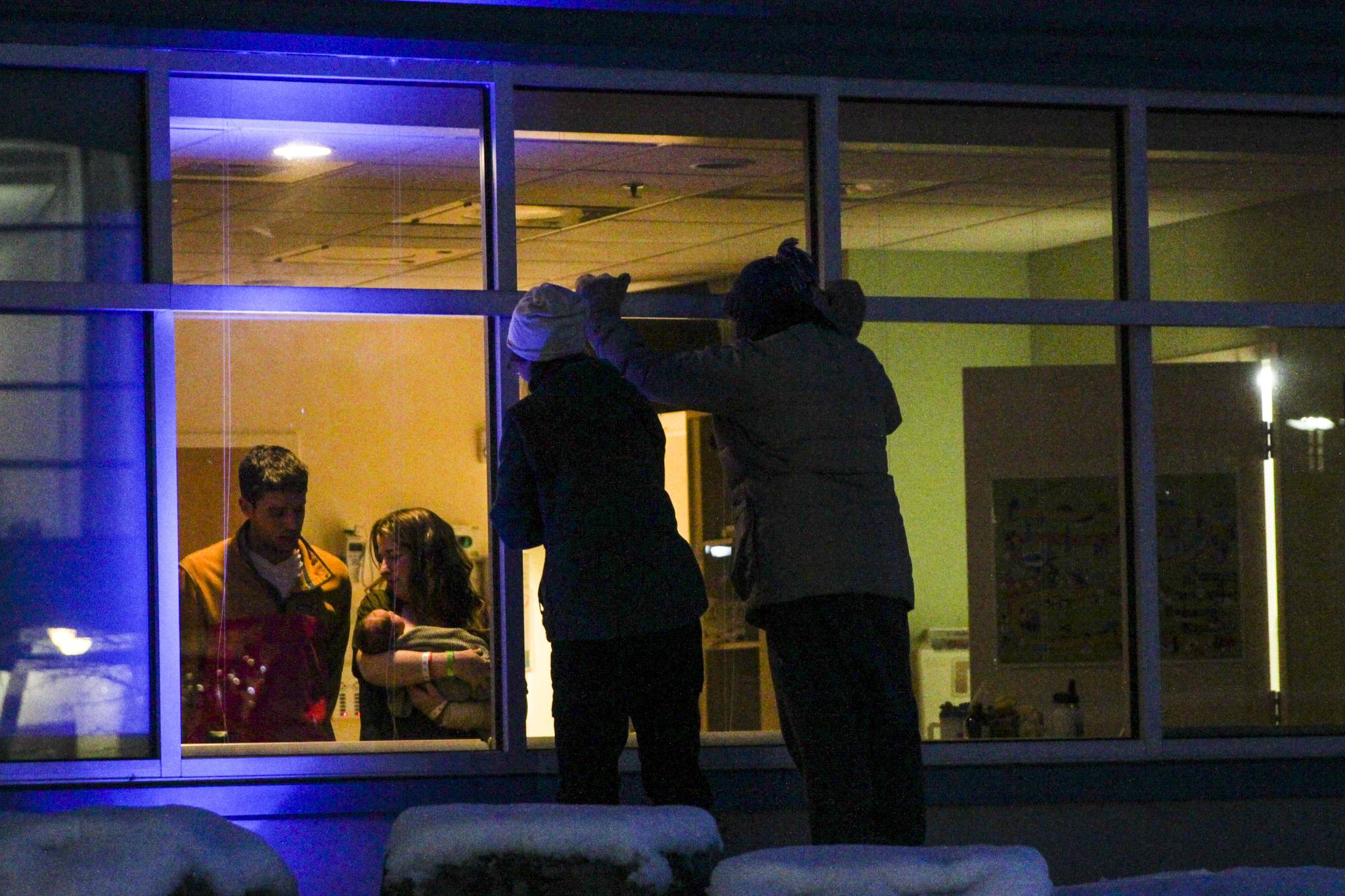As more and more baby boomers leave Alaska and birth rates stay low, the population of Juneau and of Alaska as a whole continues a four year negative trend, according to state data.
“Year after year, we’re seeing the same patterns for the last four years,” said Alaska state demographer David Howell in a phone interview. “It seems like the baby boomer generation is migrating out of the state a little faster. It’s not necessarily a new pattern, we’re just seeing more people at that age group in net migration losses.”
A baby boomer is a person born between 1946 and 1964, which puts their ages between 56 and 74 in 2020, the most recent year for census data, Howell said.
“We had this massive group of baby boomers move up here in the ‘80s and ‘90s,” Howell said. “We kind of wondered if they were going to leave the state. And now, it looks like they are kind of leaving the state.”
In 2010, there were approximately 186,000 residents that fit into the boomer age category. By 2015, that had dropped to about 172,000, and by 2020, that number was sitting at just over 150,000, Howell said. Large-scale emigration isn’t new to Alaska, Howell said, but in the past, there were more easily identifiable causes.
[Cruise lines announce sailings pause]
“That’s kind of an interesting thing. Alaska’s population has declined in the past,” Howell said. “In the ‘80s, the population declined with the oil bust. In the ‘70s, thousands of people left once the pipeline was finished. There was an expected decline. Those were for very specific causes.”
A low birth rate among millennials, defined as those born between 1981 and 1996, is also contributing to the shrinking population. It mirrors a trend seen beginning in roughly 2010 in the Lower 48 of lower birth rates as millennials prioritize things other than having kids.
“One of the other things that’s kind of popped up to us is there’s been a steady decline in births since 2015,” Howell said. “We’re not having many people come in at those ages. Those could trickle up to our schools in a couple of years. That will start happening.”
Those lower birthrates are particularly noticeable in Southeast Alaska, Howell said.
“What ends up happening with the Southeast is it’s a lot older population, so there’s a lot fewer births,” Howell said. “This year it was slightly negative, as it was for much of the state. Skagway’s the one standout as it has been for the last several years.”
Skagway was the only community that grew in the Southeast region in 2020, going from 1,099 to 1,147. residents, according to state data. Few other areas in the state have experienced growth, though some have increased, for reasons that might not be immediately apparent.
“So, Fairbanks North Star Borough is growing for the first time in a few years,” Howell said. “That’s directly related to a squadron of F-35s getting stationed there.”
The Department of Labor and Workforce Development gathers data for its population estimates each year around July for the best averages, Howell said. Data is collected from sources like Permanent Fund Dividend data, birth and death data and the IRS among others. None of the numbers referenced here come from the federal census, which should be released by spring, Howell said.
| 2010 | 2011 | 2012 | 2013 | 2014 | 2015 | 2016 | 2017 | 2018 | 2019 | 2020 |
| 31,275 | 32,345 | 32,676 | 32,963 | 33,027 | 33,162 | 32,747 | 32,347 | 32,231 | 32,059 | 31,773 |
*Data from Alaska Department of Labor and Workforce Development
• Contact reporter Michael S. Lockett at 757-621-1197 or mlockett@juneauempire.com.

